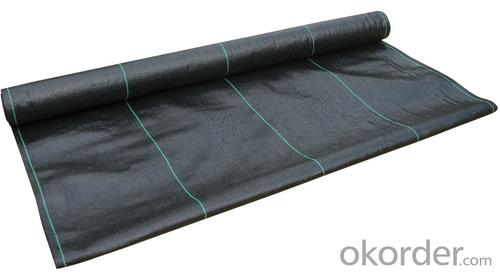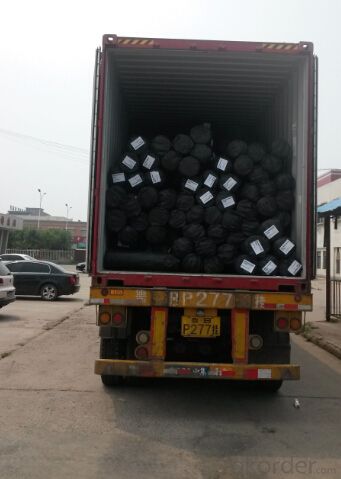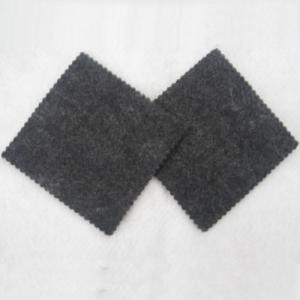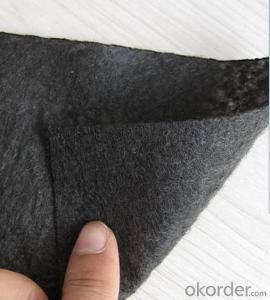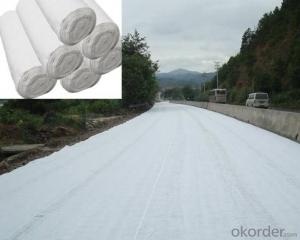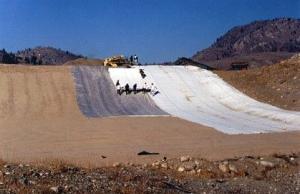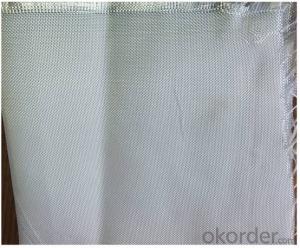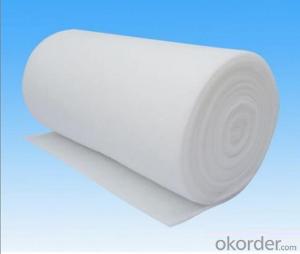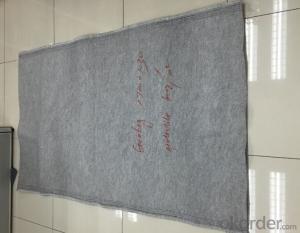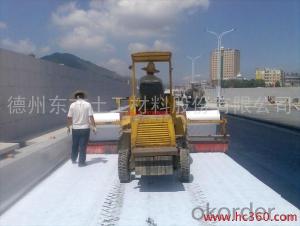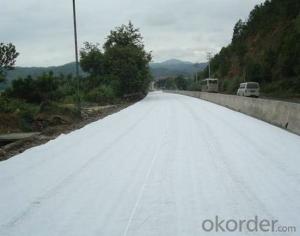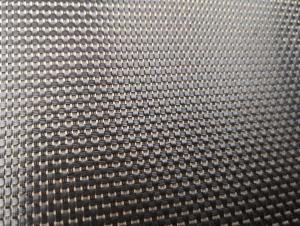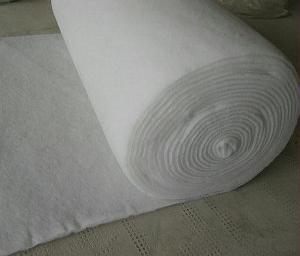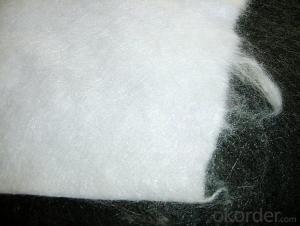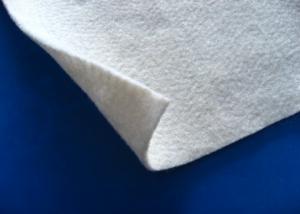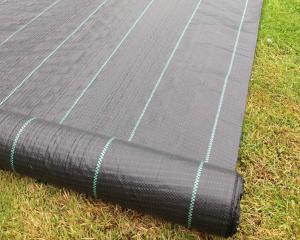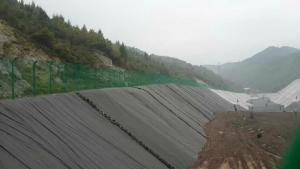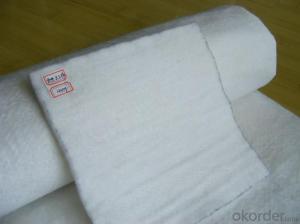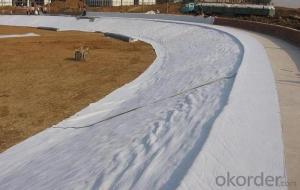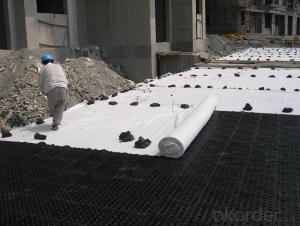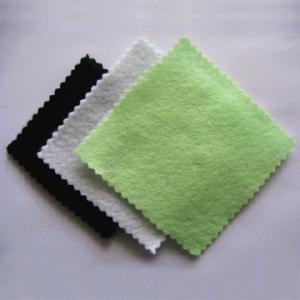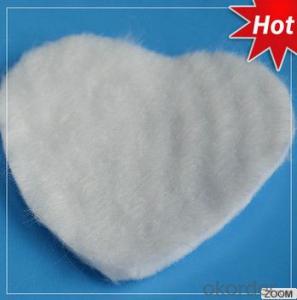Alyaf High Strength PP Woven Geotextile 80g to 400g for Road Construction Project
- Loading Port:
- Shanghai
- Payment Terms:
- TT or LC
- Min Order Qty:
- 1000 m²
- Supply Capability:
- 1000000 m²/month
OKorder Service Pledge
OKorder Financial Service
You Might Also Like
High Strength PP Woven Geotextile
CMAX polypropylene woven geotextile is made from polypropylene flit yarn on circle weave machine, including circular loom and flat loom.
Specifications of High Strength PP Woven Geotextile
Weight: 80gsm – 400gsm
Material: PP, PE
Width: 1m – 6m
Length: as clients’ required.
Technical Data Sheet of High Strength PP Woven Geotextile
Item | Unit | Index | ||||||
Unit Weight | g/m2 | 120 | 160 | 200 | 240 | 280 | 340 | 400 |
Breaking Strength in MD | KN/m | 20 | 30 | 40 | 50 | 60 | 80 | 100 |
Breaking Strength in CD | KN/m | 15 | 22 | 28 | 35 | 42 | 56 | 70 |
Elongation Rate | % | 25 | ||||||
Trapezoidal Tearing Strength | KN | 0.2 | 0.27 | 0.34 | 0.41 | 0.48 | 0.6 | 0.72 |
CBR Mullen Burst Strength | KN | 1.6 | 2.4 | 3.2 | 4.0 | 4.8 | 6.0 | 7.5 |
Vertical Permeability | Cm/s | 10^-1 ~10^-4 | ||||||
Sieve Size O90(O95) | Mm | 0.07 ~ 0.50 | ||||||
Variation | % | ±10 | ||||||
Property of High Strength PP Woven Geotextile
1).Light weight, high strength, low elongation, easy to construct.
2).Reinforcement, separation, drainage and filtration, fencing function.
Application of High Strength PP Woven Geotextile
Railways, highways, sport fields, earthwork projects, tunnels, coal mines, walls and slopes, environmental protection and so on.
FAQ:
1. Which payment do you accept?
For you convinience, our payment can be L/C,TT
2. Is free sample available?
We can supply free samples. You'll just need to pay for express cost.
3. How about your quality?
We have strict quality control system, we make testing on incoming raw material and finished products. Your third party testing is also welcomed. With high quality, our products are used on government projects at home and abroad. Our product quality is accepted by clients from all over the world.
4. When will you reply my request?
You are our expected customer, we’ll reply your request within 24hours. Please feel free to contact us at any time.
Photos
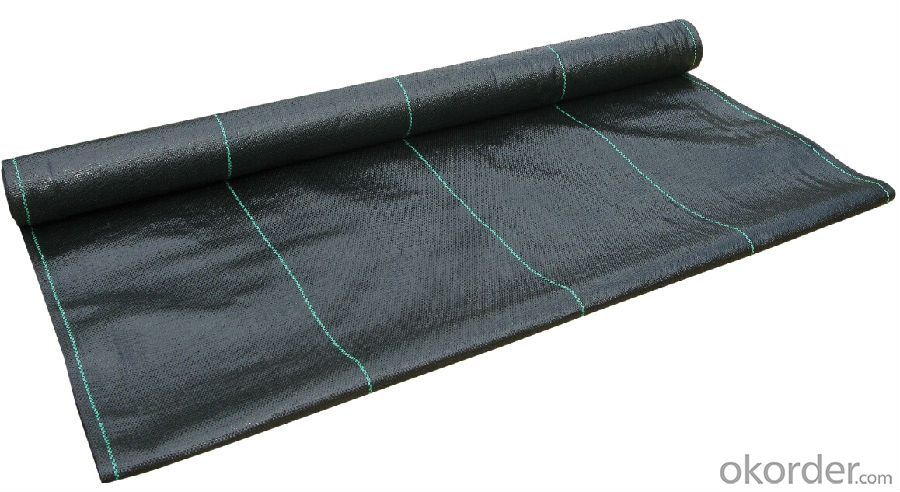
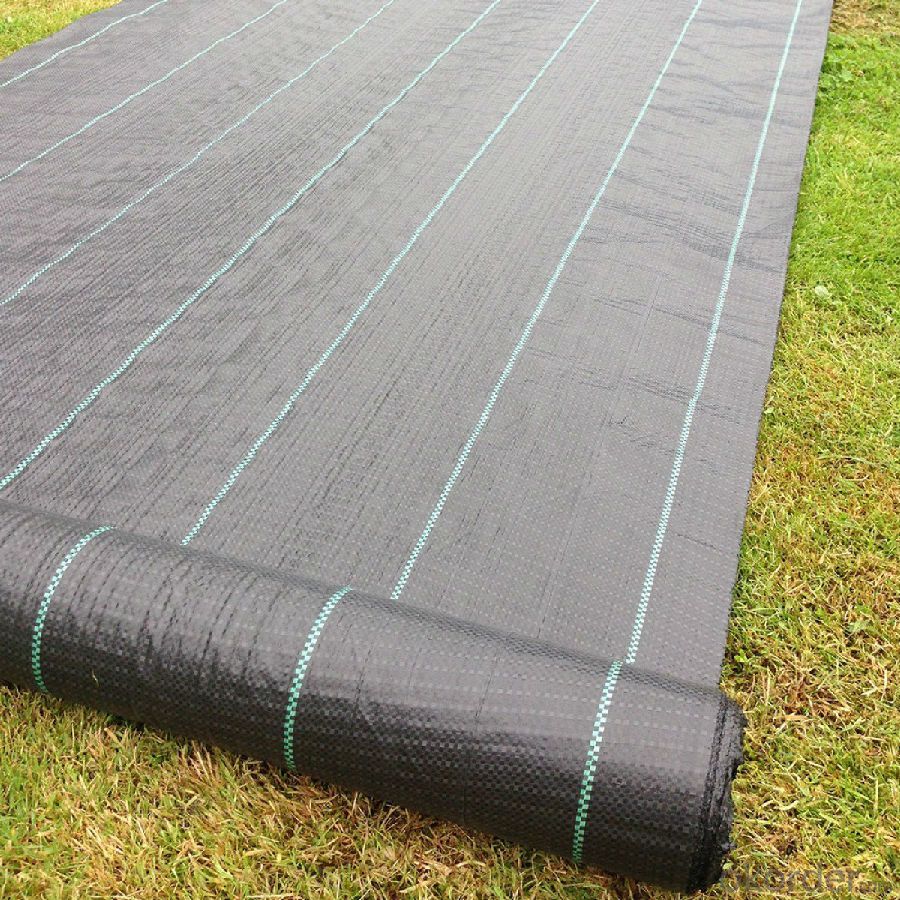
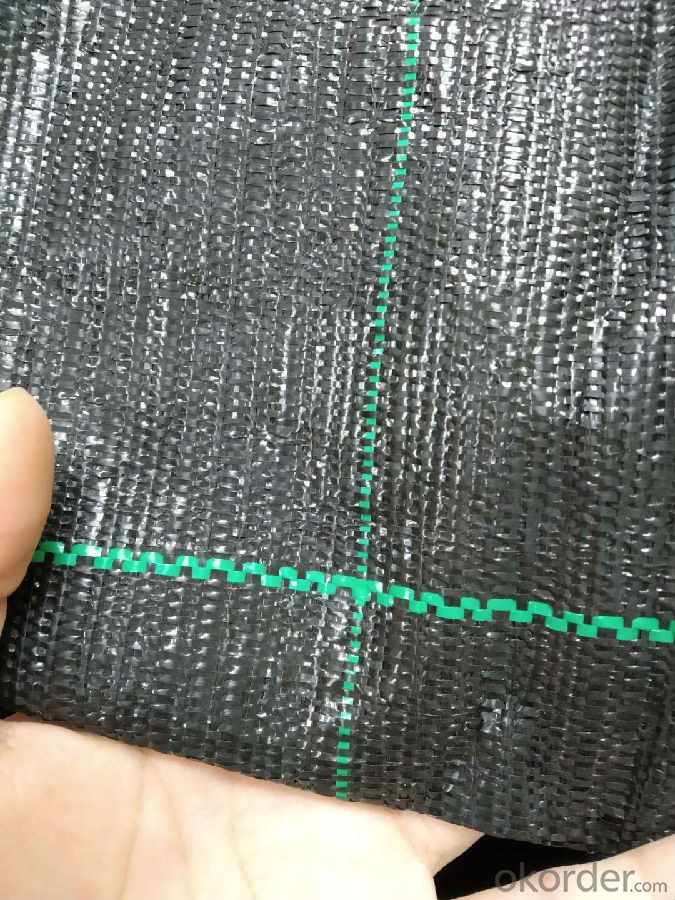
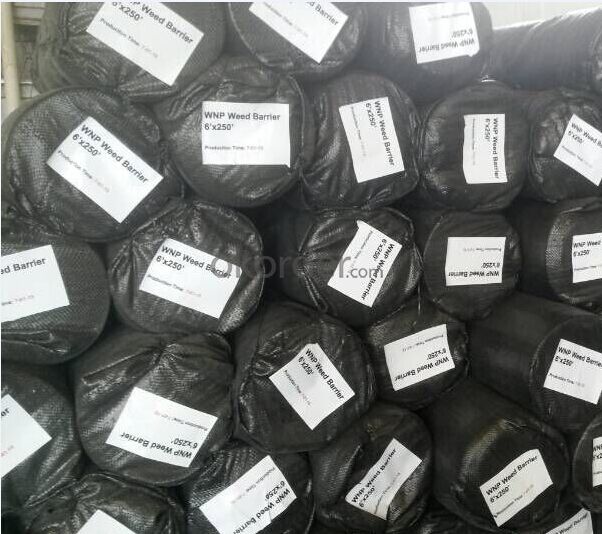
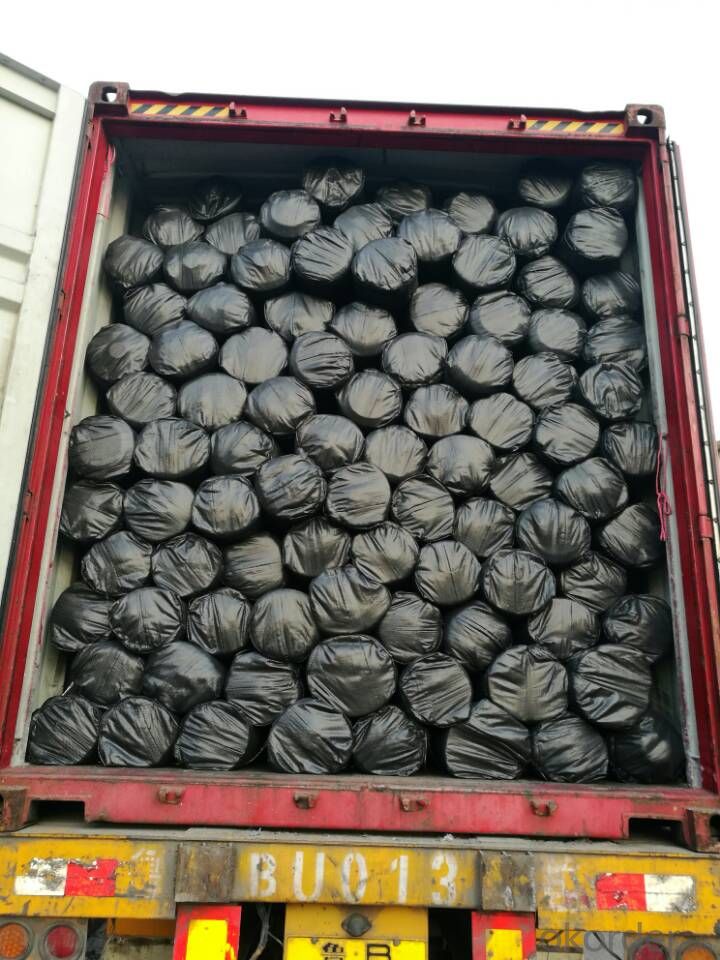
- Q: Can geotextiles be used in pond liner systems?
- Yes, geotextiles can be used in pond liner systems. Geotextiles are often utilized as an additional layer in pond liner systems to provide reinforcement, prevent soil erosion, and enhance the overall stability and longevity of the pond.
- Q: How much is the price of anti-geotextile?
- In the actual engineering procurement, generally between the two geotextiles need about> 250px lap, so the procurement is usually based on the actual area plus 15% to 20% loss. Hongxiang new material Li Qian geotextile price is also required according to the specific needs of the project to specify the model, the specific offer.
- Q: How do geotextiles contribute to groundwater protection?
- Geotextiles contribute to groundwater protection by acting as a barrier that prevents the movement of contaminants from the surface to the groundwater. They are used in various applications such as erosion control, filtration, and separation, effectively reducing the risk of pollutants reaching the groundwater and preserving its quality.
- Q: Can geotextiles be used for slope stabilization?
- Yes, geotextiles can be used for slope stabilization. Geotextiles are commonly used in civil engineering to reinforce and stabilize slopes by providing strength and erosion control. They can be applied as a separating layer, a reinforcement layer, or a combination of both, depending on the specific requirements of the slope.
- Q: Geotextile effect
- First, the drainage effect: polyester staple acupuncture geotextile has a good water conductivity, it can form a drainage channel within the soil, the soil structure of the excess liquid and gas efflux. Second, the role of contraction: When the water from the fine soil into the coarse soil layer, the use of polyester staple acupuncture geotextile good permeability and water permeability, so that water through, and effectively carrying soil particles, sand , Small stone, etc., in order to maintain the stability of soil and water engineering. Third, the isolation role: the use of polyester staple acupuncture geotextile with different physical properties of the building materials to isolate. So that two or more materials are not lost, not mixed, to maintain the overall structure and function of the material, so that the building capacity to enhance the capacity. Fourth, the role of puncture: and geomembrane combined into a composite waterproof impermeable material, play the role of anti-puncture. High tensile strength, good permeability, breathable properties, high temperature resistance, anti-freeze, anti-aging, corrosion-resistant, not moth-eaten. Polyester staple acupuncture geotextile is a widely used geosynthetics.
- Q: Can geotextiles be used in river training works?
- Yes, geotextiles can be used in river training works. Geotextiles are often used in river training works to stabilize riverbanks, control erosion, and improve the overall stability of the river channel. They can be used in various applications such as revetments, bank protection, and shoreline stabilization, providing effective solutions for managing and controlling the flow of water in rivers.
- Q: Are geotextiles resistant to fire?
- No, geotextiles are not naturally resistant to fire.
- Q: What are the different geotextile permeability testing standards?
- Some of the different geotextile permeability testing standards include ASTM D4491, ISO 11058, and EN ISO 12958. These standards provide guidelines for conducting tests to determine the hydraulic conductivity and permeability characteristics of geotextile materials.
- Q: 300g geotextile GB thickness is how much
- There are a variety of geotextiles. If it is non-woven, then upstairs said correct. If it is woven type, that is not right, it should be about 1mm.
- Q: How do geotextiles contribute to soil stabilization in mining areas?
- Geotextiles contribute to soil stabilization in mining areas by providing a strong and durable reinforcement layer. They help prevent soil erosion, control sediment runoff, and improve the stability of slopes and embankments. Geotextiles act as a barrier, distributing loads and reducing the potential for soil movement. Additionally, they promote better drainage, allowing water to flow through the soil while retaining its structural integrity. Overall, geotextiles play a crucial role in maintaining the stability and safety of mining areas by enhancing the resilience of the soil.
Send your message to us
Alyaf High Strength PP Woven Geotextile 80g to 400g for Road Construction Project
- Loading Port:
- Shanghai
- Payment Terms:
- TT or LC
- Min Order Qty:
- 1000 m²
- Supply Capability:
- 1000000 m²/month
OKorder Service Pledge
OKorder Financial Service
Similar products
Hot products
Hot Searches
Related keywords






